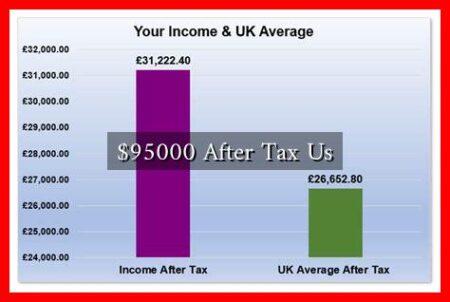-
Table of Contents
Understanding U.S. Tax-Free Zones: Opportunities and Implications
Tax-free zones, often referred to as economic development zones or enterprise zones, are designated areas within the United States where businesses can benefit from various tax incentives. These zones are designed to stimulate economic growth, attract investment, and create jobs in underdeveloped or economically distressed areas. This article explores the concept of U.S. tax-free zones, their benefits, examples, and the implications for businesses and local economies.
What Are Tax-Free Zones?
Tax-free zones are specific geographic areas where businesses can operate with reduced or eliminated tax burdens. These zones can vary in their structure and incentives, but they generally aim to encourage economic activity in areas that need revitalization. The incentives can include:
- Exemptions from state and local income taxes
- Reduced property taxes
- Sales tax exemptions
- Tax credits for hiring local residents
These incentives are often coupled with federal programs aimed at promoting investment in economically disadvantaged areas, such as Opportunity Zones established by the Tax Cuts and Jobs Act of 2017.
Benefits of Tax-Free Zones
Tax-free zones offer numerous advantages for businesses and local communities. Some of the key benefits include:
- Cost Savings: Businesses can significantly reduce their tax liabilities, allowing them to reinvest savings into operations, expansion, or employee benefits.
- Job Creation: By incentivizing businesses to set up operations in these areas, tax-free zones can lead to job creation, reducing unemployment rates in struggling communities.
- Economic Revitalization: The influx of businesses can stimulate local economies, leading to improved infrastructure, increased property values, and enhanced community services.
- Attracting Investment: Tax-free zones can attract both domestic and foreign investment, fostering a more competitive business environment.
Examples of U.S. Tax-Free Zones
Several notable examples of tax-free zones in the United States illustrate the potential benefits of these initiatives:
1. Opportunity Zones
Established by the Tax Cuts and Jobs Act of 2017, Opportunity Zones are designed to encourage long-term investments in economically distressed communities. Investors can defer taxes on capital gains if they invest in these zones, with additional benefits for long-term holdings. According to the U.S. Department of the Treasury, over 8,700 Opportunity Zones have been designated across the country.
2. Foreign Trade Zones (FTZs)
Foreign Trade Zones are areas where goods can be imported, manufactured, and exported without being subject to U.S. customs duties. These zones are particularly beneficial for companies involved in international trade. As of 2021, there were over 295 FTZs in the U.S., facilitating billions of dollars in trade.
3. Enterprise Zones
Enterprise Zones are state-designated areas that offer tax incentives to businesses that locate and create jobs in economically distressed areas. Each state has its own criteria and benefits, but the overarching goal is to stimulate economic growth. For example, California’s Enterprise Zone program provided tax credits for hiring local residents and investing in property.
Challenges and Considerations
While tax-free zones offer significant benefits, they also come with challenges and considerations:
- Potential for Abuse: Some critics argue that tax incentives can lead to businesses exploiting the system without delivering meaningful economic benefits.
- Uneven Distribution of Benefits: The advantages of tax-free zones may not be evenly distributed, leading to disparities in economic growth within regions.
- Long-Term Viability: The sustainability of businesses in tax-free zones can be uncertain, especially if the incentives are temporary or if market conditions change.
Conclusion
U.S. tax-free zones represent a strategic approach to economic development, offering businesses significant tax incentives while aiming to revitalize struggling communities. With examples like Opportunity Zones and Foreign Trade Zones, these initiatives have the potential to create jobs, attract investment, and stimulate local economies. However, it is essential for policymakers to monitor these programs closely to ensure that they deliver on their promises and do not lead to unintended consequences. As businesses and communities navigate the complexities of tax-free zones, understanding the benefits and challenges will be crucial for maximizing their potential.
For more information on tax-free zones and their implications, you can visit the IRS Opportunity Zones page.


